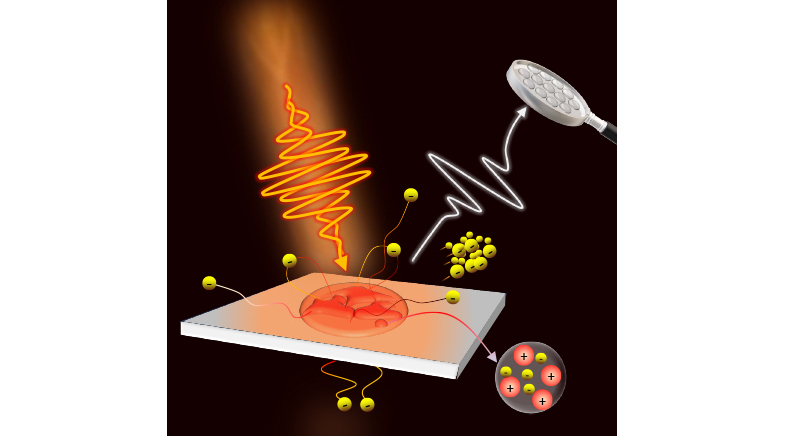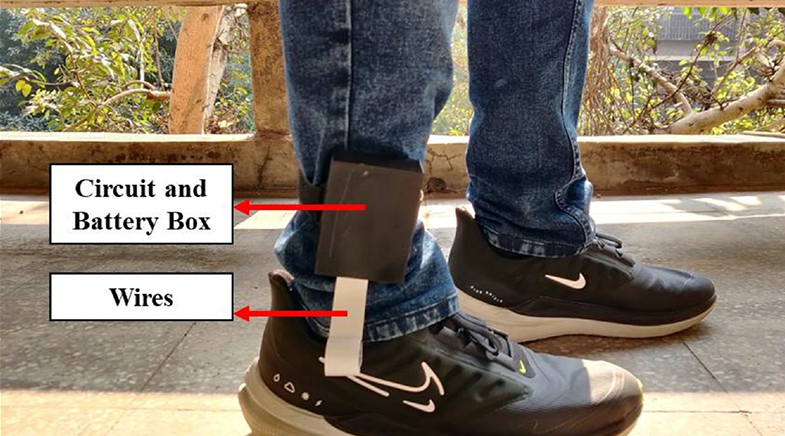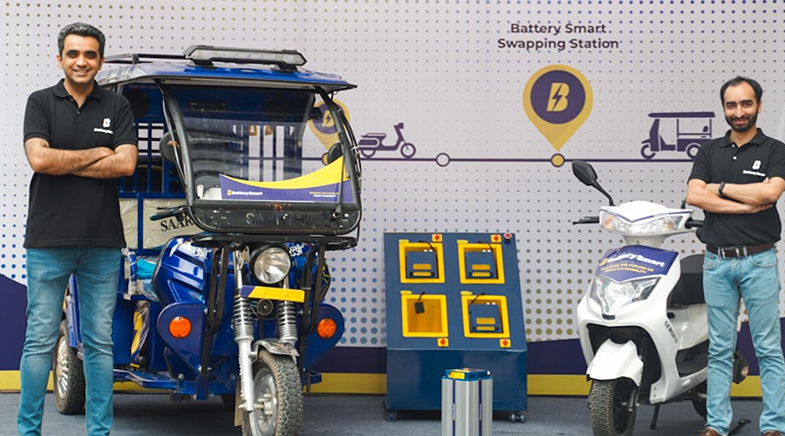The eyes have it
-
- from Shaastra :: vol 01 issue 04 :: Jul - Aug 2022

Researchers are looking at inserting polymers in human retinas. And there’s light at the end of the tunnel.
When a graduate student suffering from night blindness joined Kavassery Sureswaran Narayan's lab some 20 years ago, the device physicist at the Jawaharlal Nehru Centre for Advanced Scientific Research (JNCASR), Bengaluru, got inspired to embark on a quest: to develop retinal prosthetics.
Narayan's team trained its focus on diseases relating to photoreceptors in the retina – called rod and cone photoreceptors. These are photosensitive cells that function as the initial step in enabling vision and are located at the back of the retina.
The retina has a hierarchical structure, with different layers that eventually convert photon information into a natural image for the brain to process.
When the retina receives light, a complex signal processing is set off. Visual signals encode information in the form of electrical spikes. These spikes are electrochemical signals sent from ganglion cells to the visual cortex of the brain through the optic nerve.
In some diseases, Narayan explains, the receptors decay. In people who suffer from age-related macular degeneration (AMD), for instance, central vision is lost. This is because the photoreceptors get degraded when they fail to get oxygen from the adjoining pigment epithelial layer. Such photoreceptor degeneration is also found in people suffering from retinitis pigmentosa (RP), a genetic condition. "It is estimated that eight out of every 1,000 Indians suffer from one of these two conditions," Narayan says.
In such diseases, the outer layers of the retina, including the photoreceptors, lose their function. However, the inner layers of the retina remain anatomically and functionally intact. "In both these conditions, if there is a replacement for receptors, or signal initiators, the vision can be partially restored," he adds.
LONG HAUL
Scientists across the world are working on artificial retina projects, which are in different stages of development. Since 2008, the JNCASR team has been exploring the possibility of replacing degenerated photoreceptors with semiconducting polymers.
Narayan decided to exploit the optoelectronic properties of organic semiconductors made of polymers for making this retinal prosthetic. These polymers are biocompatible and soft.
Though mouse models are normally used in most biomedical research, the JNCASR team opted for chick embryos because they believed these were a more suitable model for vision research.
"So when needles made from these materials are used, the brain fluid will not get punctured as could be the case with silicon," he says. Narayan and his colleagues got patents in Europe and in the U.S. for their innovative work several years ago.
Using chick embryo as a model, the JNCASR scientists have over the years established the viability of semiconducting polymers and shown that these electrodes, when inserted in the sub-retinal space of a chick embryo, produce a patterned stimulus without any external power supply.
Recently, Narayan and his graduate students — Chakram S. Deepak and Abhijith Krishnan — demonstrated that a semiconducting polymer layer inserted in the sub-retinal layer of a developing chick embryo mimicked the response of a neonatal chick retina.
"This in an interesting study which could improve our understanding on ways to restore partial-vision affected by AMD and RP," says Ravinder Dahiya, Professor of Electronics and Nanoengineering, University of Glasgow.
Though mouse models are normally used in most biomedical research, the JNCASR team opted for chick embryos because they believed these were a more suitable model for vision research. The mouse is a nocturnal animal, unlike humans, while chick retina is more close to that of humans.
"Besides, in a chicken embryo, growth happens in a sequence: neurons are formed first, bipolar cells next and rods and cones at a later stage as connections. Only on day 17 or 18, all the connections between rods and cones with the rest of the sight machinery are established," Narayan says. "So, between day 12 and day 18 (of chick embryonic development), we have a good circuit available without the cones and rods."
There are different approaches to enable and restore partial-vision affected by AMD and RP. These include gene therapy, optogenetics, stem cell therapy, photoreceptor mimicking materials, and integrated prosthetic implants.
"The inability of different prosthetic devices to elicit physiologically relevant firing patterns in ganglion cells has been a critical factor limiting the efficacy of vision restoration in various clinical trials. The sub-retinal prosthesis approach of the JNCASR team, utilising the relatively undamaged inner retinal network circuitry, is a promising route for restoring vision in degenerative retinal diseases," Dahiya observes.
Using this as a prosthetic device in humans, however, is still a distant goal as studies are still confined to animals. "But the seed is there now," Narayan remarks.
Have a
story idea?
Tell us.
Do you have a recent research paper or an idea for a science/technology-themed article that you'd like to tell us about?
GET IN TOUCH













